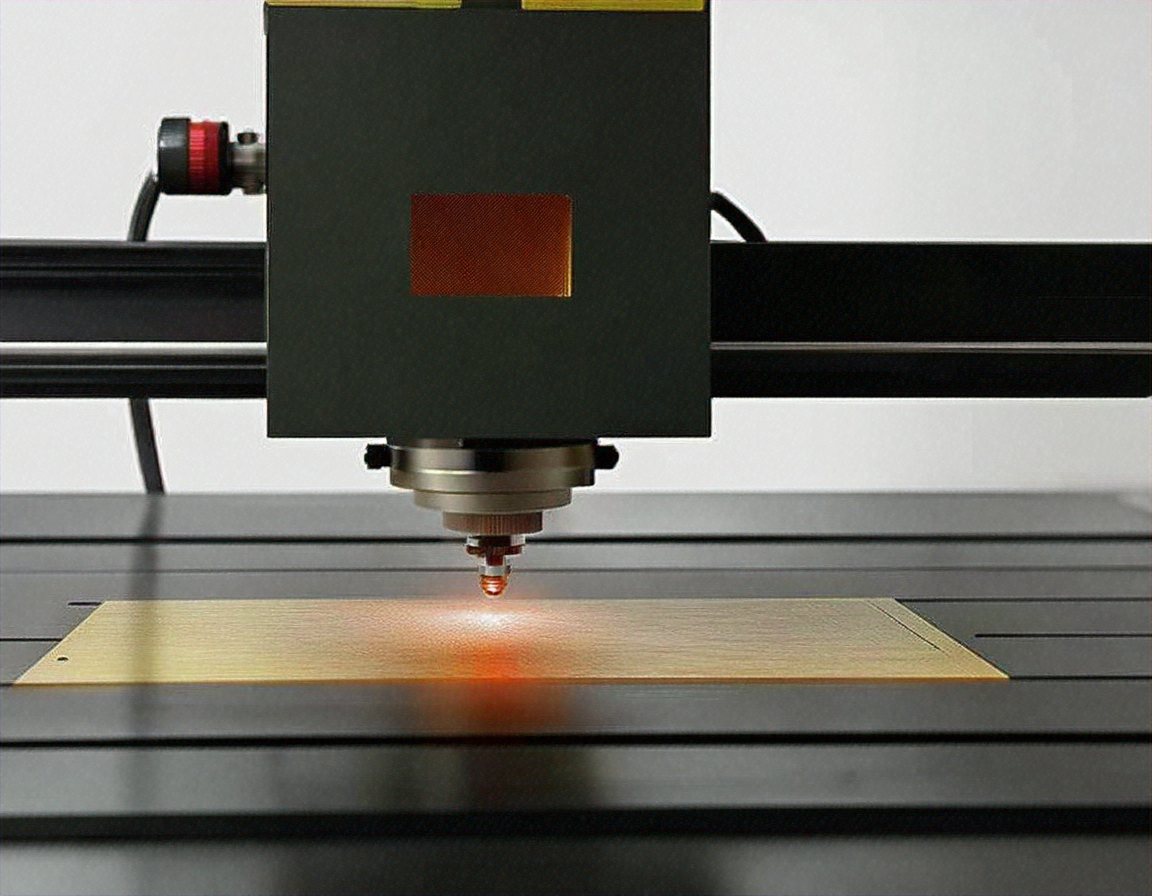Foot Massage
Regular foot care offers more than just relaxation. This ancient practice has been used across cultures to promote circulation, reduce tension, and support overall wellness. Understanding how targeted foot care works and its potential impact on health can help you make informed decisions about incorporating this practice into your self-care routine.

Targeted foot care involves applying pressure to specific points and areas of the feet to promote relaxation and address various physical concerns. The feet contain thousands of nerve endings, making them particularly responsive to touch and pressure. Regular foot care practices may help reduce stress, improve circulation, and provide temporary relief from discomfort associated with standing or walking for extended periods.
Practitioners often combine different techniques, including kneading, stroking, and applying pressure to reflex points. Some approaches draw from traditional practices like reflexology, which suggests that specific areas of the feet correspond to different organs and systems in the body. While scientific research continues to explore these connections, many people report feeling more relaxed and experiencing reduced tension after receiving professional foot care.
How Massage, Mineral Baths, and Herbal Soaks Affect Blood Flow
Circulation plays a vital role in delivering oxygen and nutrients throughout the body while removing waste products. Therapeutic foot treatments may support healthy blood flow through mechanical stimulation of the tissues. When pressure is applied to the feet, it can help move blood through congested areas and encourage fresh blood flow once the pressure is released.
Mineral baths and herbal soaks complement manual techniques by creating a warm, relaxing environment that may help dilate blood vessels. Warm water immersion has been studied for its potential effects on circulation, with some research suggesting it may temporarily improve blood flow to the extremities. Minerals like magnesium, commonly found in Epsom salt baths, are absorbed through the skin and may contribute to muscle relaxation.
Herbal soaks incorporating ingredients like ginger, peppermint, or lavender add aromatic and potentially therapeutic elements. While individual responses vary, many people find that combining these practices creates a more comprehensive approach to foot care. The warmth, combined with manual techniques, may provide temporary relief from tired, achy feet while promoting a sense of overall relaxation.
Why Wellness Experts Recommend Consistent Foot Care
Wellness professionals emphasize the importance of regular foot care as part of a holistic health approach. The feet support the entire body’s weight and endure significant stress throughout daily activities. Neglecting foot health can lead to discomfort that affects posture, gait, and overall mobility.
Consistent foot care routines that include therapeutic touch, proper hygiene, and appropriate footwear choices may help prevent common issues like calluses, dry skin, and muscle tension. Regular attention to the feet allows for early detection of changes that might require professional evaluation. This proactive approach aligns with preventive health strategies that focus on maintaining wellness rather than only addressing problems after they develop.
Experts also note that dedicated foot care can serve as a valuable stress management tool. Taking time to care for your feet creates an opportunity for mindfulness and self-connection. This intentional practice of self-care may contribute to reduced anxiety and improved mood, demonstrating how physical care can support mental and emotional wellbeing.
Exploring the Link Between Foot Health and Overall Wellbeing
The relationship between foot health and general wellness extends beyond simple comfort. Poor foot health can create a cascade of effects throughout the body. When feet hurt, people often alter their walking patterns, which can lead to strain in the ankles, knees, hips, and lower back. This interconnected system means that caring for your feet may have broader implications for musculoskeletal health.
Research in areas like reflexology and traditional medicine systems suggests that the feet serve as a map of the body, with specific zones corresponding to different organs and systems. While conventional medicine approaches these claims with caution, the relaxation and stress reduction benefits of foot therapy are well documented. Reduced stress levels have been associated with improved immune function, better sleep quality, and enhanced overall health outcomes.
Therapeutic foot care may also support lymphatic drainage, the process by which the body removes toxins and waste products. The gentle pressure and movement involved in various techniques can encourage lymph fluid circulation, potentially supporting the body’s natural detoxification processes. This connection illustrates how localized care can contribute to systemic wellness.
Professional Foot Care Service Options and Cost Considerations
For those interested in professional foot care services, various options exist with different pricing structures. Understanding typical costs can help you make informed decisions about incorporating this practice into your wellness routine.
| Service Type | Provider Example | Typical Cost Range |
|---|---|---|
| Reflexology Session | Certified Reflexologists | $40-$80 per hour |
| Spa Foot Treatment | Day Spas and Wellness Centers | $35-$100 per session |
| Thai Foot Therapy | Thai Wellness Studios | $45-$75 per hour |
| Medical Therapy | Licensed Massage Therapists | $60-$120 per hour |
| Mobile Services | Independent Practitioners | $70-$150 per session |
Prices, rates, or cost estimates mentioned in this article are based on the latest available information but may change over time. Independent research is advised before making financial decisions.
Costs vary based on location, practitioner experience, session length, and whether additional services are included. Urban areas typically have higher rates than rural regions. Some health insurance plans may cover therapeutic treatments when prescribed by a healthcare provider for specific medical conditions, though coverage varies by plan.
Many practitioners offer package deals that reduce the per-session cost when multiple appointments are purchased together. Home care tools and self-care techniques provide cost-effective alternatives for those who prefer regular foot care without ongoing professional expenses.
Integrating Foot Care Into Your Wellness Routine
Incorporating therapeutic foot care into your regular self-care practice does not require significant time or financial investment. Simple techniques can be performed at home using your hands or basic tools like therapy balls or rollers. Spending just ten to fifteen minutes several times per week on foot care may provide noticeable benefits.
Creating a relaxing environment enhances the experience. Consider adding a warm foot soak beforehand, using a small amount of oil or lotion to reduce friction, and focusing on areas that feel particularly tense. Pay attention to the arches, heels, and the spaces between the toes. Gentle circular motions and moderate pressure typically feel most comfortable.
For those with specific health concerns, consulting with healthcare providers before beginning any new wellness practice is advisable. Certain conditions may require modified techniques or professional guidance to ensure safety and effectiveness.
Therapeutic foot care represents an accessible wellness practice with potential benefits for circulation, stress reduction, and overall comfort. Whether through professional services or self-care techniques, regular attention to foot health may contribute to enhanced wellbeing and quality of life. As with any health-related practice, individual experiences vary, and maintaining realistic expectations while enjoying the relaxation benefits creates the most positive outcomes.
This article is for informational purposes only and should not be considered medical advice. Please consult a qualified healthcare professional for personalized guidance and treatment.




